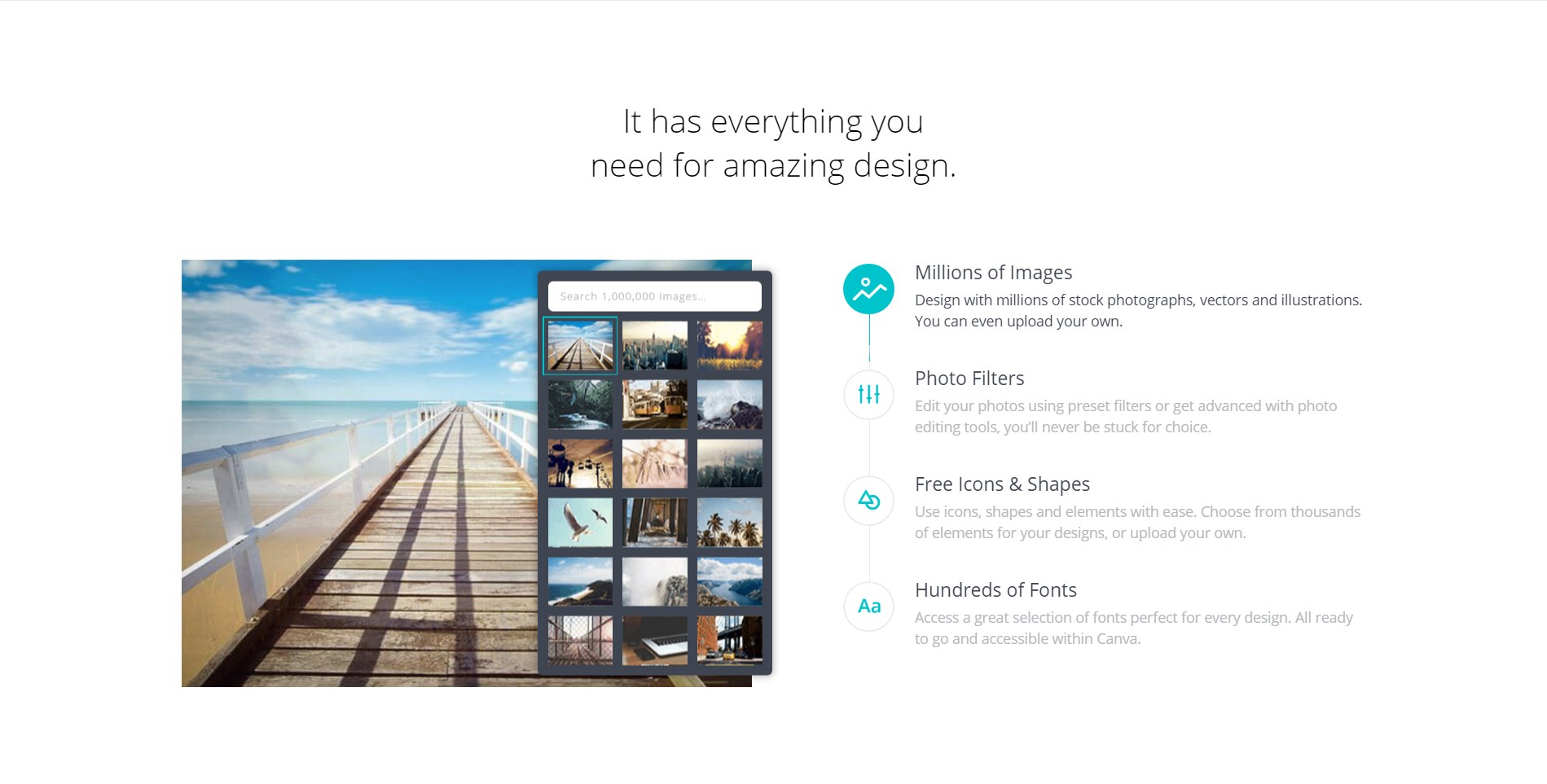

#VECTORIZE PDF PDF#
You can tell if a PDF is encoded with raster or vector data by simply zooming in to the document.
#VECTORIZE PDF HOW TO#
HOW TO TELL THE DIFFERENCE BETWEEN RASTER AND VECTOR DATA
#VECTORIZE PDF SOFTWARE#
Most software applications will not be able to easily work with scanned, raster text characters unless additional processes are run on it, like Optical Character Recognition. Now, you may have text characters in scanned, raster documents – but this data isn’t considered PDF text, as it is composed of pixels instead. Text is generally added by a software application, such as Microsoft Word. PDFs can store text characters that a PDF reading program will understand.

Text data is another type of PDF content that doesn’t fall directly into the raster and vector categories, but abides by similar rules. In terms of Bluebeam Revu, vector content will be easier to work with and can utilize more tools within the program.
Vector PDFs contain more data than raster PDFs, and if possible, you should always try to use vector data. Vector images are created using vectors, which are paths defined by a start and end point. Vector data is created on the computer, through a CAD (Computer-Aided Design) program, such as AutoCAD or Adobe Illustrator. Because of this, not all Bluebeam Revu features will work with raster data. With raster images, the computer won’t be able to tell the difference between images and text, as it will simply see them all as groups of pixels.
#VECTORIZE PDF SERIES#
Raster documents don’t contain any actual lines or text – instead, they contain only a series of pixels that represent lines and text. When images are scanned, they are made into bitmap images composed of pixels. Raster data is generally created through scanned documents. PDF images will genreally be encoded as either raster data or vector data. PDFs can include with a wide variety of data, including text, images, and hyperlinks. You should make sure that you meet any requirements concerning PDF settings. In this article, we will overview the differences between raster and vector data, how to determine what type of data your PDF is using, and which Bluebeam Revu features are accessible for each data type. When Illy helps you create vector artwork, and you Save As PDF or Print to PDF, (that part of) your PDF will be vector in addition, you may have raster images and raster effects in the same document, without any issues or differences in workflow. Although Bluebeam Revu can work with both raster and vector PDFs, there are some program features that can only be used with vector data, and others that can only be used with raster data. Most often, the content within a PDF document will be encoded as one of two types of data: raster or vector. In addition, contour Lines definitions generally make for a pretty inaccurate Surface, and should be considered your absolute last resort.As a PDF viewer and editor, Bluebeam Revu allows you to work with any and all PDFs, regardless of how data is encoded within them.


 0 kommentar(er)
0 kommentar(er)
